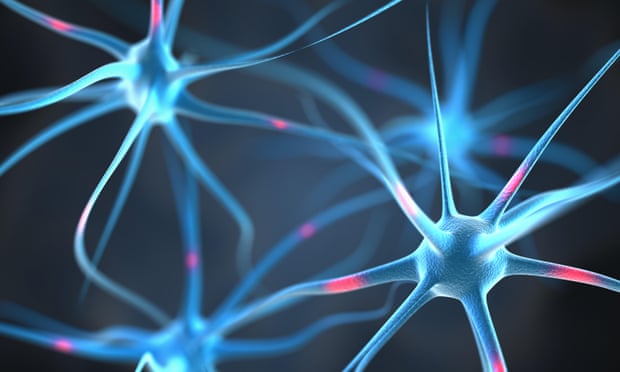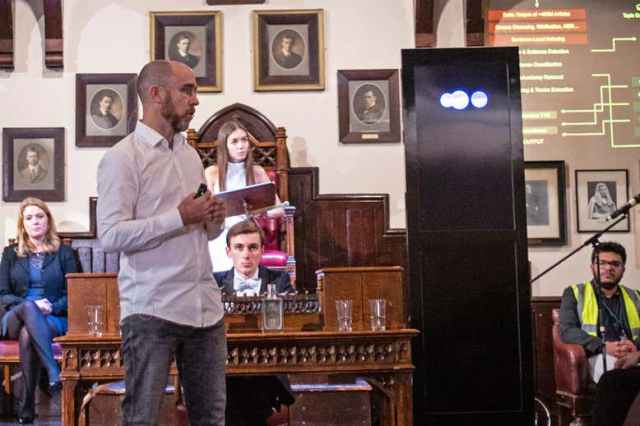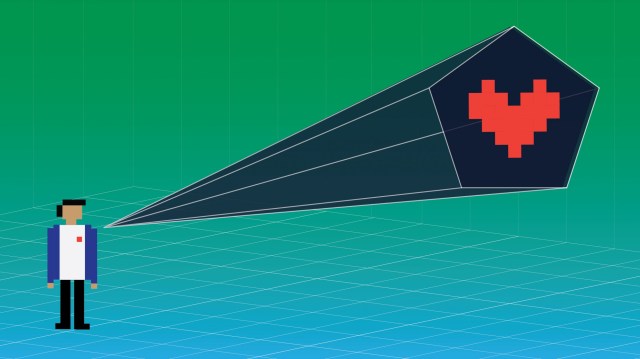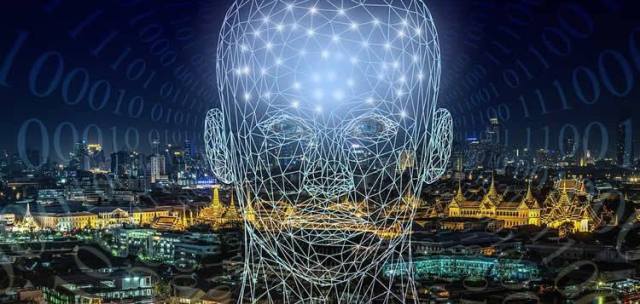
Aylin Woodward
The phrase “mass extinction” typically conjures images of the asteroid crash that led to the twilight of the dinosaurs.
Upon impact, that 6-mile-wide space rock caused a tsunami in the Atlantic Ocean, along with earthquakes and landslides up and down what is now the Americas. A heat pulse baked the Earth, and the Tyrannosaurus rex and its compatriots died out, along with 75% of the planet’s species.
Although it may not be obvious, another devastating mass extinction event is taking place today — the sixth of its kind in Earth’s history. The trend is hitting global fauna on multiple fronts, as hotter oceans, deforestation, and climate change drive animal populations to extinction in unprecedented numbers.
A 2017 study found that animal species around the world are experiencing a “biological annihilation” and that our current “mass extinction episode has proceeded further than most assume.”
Here are 12 signs that the planet is in the midst of the sixth mass extinction, and why human activity is primarily to blame.
Insects are dying off at record rates. Roughly 40% of the world’s insect species are in decline.

2019 study found that the total mass of all insects on the planets is decreasing by 2.5% per year.
If that trend continues unabated, the Earth may not have any insects at all by 2119.
“In 10 years you will have a quarter less, in 50 years only half left, and in 100 years you will have none,” Francisco Sánchez-Bayo, a coauthor of the study, told The Guardian.
That’s a major problem, because insects like bees, butterflies, and other pollinators perform a crucial role in fruit, vegetable, and nut production. Plus, bugs are food sources for many bird, fish, and mammal species — some of which humans rely on for food.
Earth appears to be undergoing a process of “biological annihilation.” As much as half of the total number of animal individuals that once shared the Earth with humans are already gone.

A 2017 study looked at all animal populations across the planet (not just insects) by examining 27,600 vertebrate species — about half of the overall total that we know exist. They found that more than 30% of them are in decline.
Some species are facing total collapse, while certain local populations of others are going extinct in specific areas. That’s still cause for alarm, since the study authors said these localized population extinctions are a “prelude to species extinctions.”
So even declines in animal populations that aren’t yet categorized as endangered is a worrisome sign.
More than 26,500 of the world’s species are threatened with extinction, and that number is expected to keep going up.

According to the International Union for Conservation of Nature Red List, more than 27% of all assessed species on the planet are threatened with extinction. Currently, 40% of the planet’s amphibians, 25% of its mammals, and 33% of its coral reefs are threatened.
The IUCN predicts that 99.9% of critically endangered species and 67% of endangered species will be lost within the next 100 years.
A 2015 study that examined bird, reptile, amphibian, and mammal species concluded that the average rate of extinction over the last century is up to 100 times as high as normal.

Elizabeth Kolbert, author of the book “The Sixth Extinction,” told National Geographic that the outlook from that study is dire; it means 75% of animal species could be extinct within a few human lifetimes.
In roughly 50 years, 1,700 species of amphibians, birds, and mammals will face a higher risk of extinction because their natural habitats are shrinking.
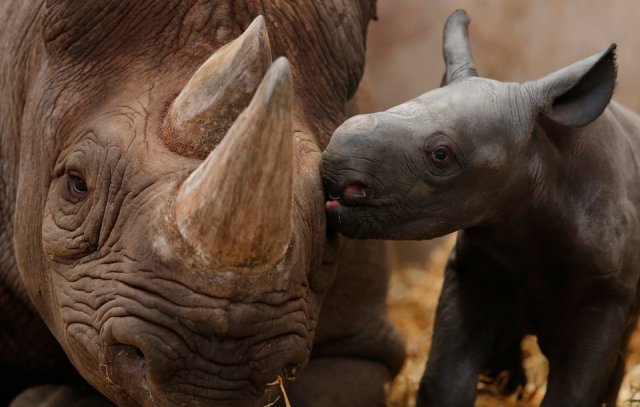
By 2070, 1,700 species will lose 30% to 50% of their present habitat ranges thanks to human land use, a 2019 study found. Specifically, 886 species of amphibians, 436 species of birds, and 376 species of mammals will be affected and consequently will be at more risk of extinction.
Logging and deforestation of the Amazon rainforest is of particular concern.

Roughly 17% of the Amazon has been destroyed in the past five decades, mostly because humans have cut down vegetation to open land for cattle ranching, according to the World Wildlife Fund. Some 80% of the world’s species can be found in tropical rainforests like the Amazon, including the critically endangered Amur leopard. Even deforestation in a small area can cause an animal to go extinct, since some species live only in small, isolated areas.
Every year, more than 18 million acres of forest disappear worldwide. That’s about 27 soccer fields’ worth every minute.
In addition to putting animals at risk, deforestation eliminates tree cover that helps absorb atmospheric carbon dioxide. Trees trap that gas, which contributes to global warming, so fewer trees means more CO2 in the atmosphere, which leads the planet to heat up.
In the next 50 years, humans will drive so many mammal species to extinction that Earth’s evolutionary diversity won’t recover for some 3 million years, one study said.

The scientists behind that study, which was published in 2018, concluded that after that loss, our planet will need between 3 million and 5 million years in a best-case scenario to get back to the level of biodiversity we have on Earth today.
Returning the planet’s biodiversity to the state it was in before modern humans evolved would take even longer — up to 7 million years.
Alien species are a major driver of species extinction.

A study published earlier this month found that alien species are a primary driver of recent animal and plant extinctions. An alien species is the term for any kind of animal, plant, fungus, or bacteria that isn’t native to an ecosystem. Some can be invasive, meaning they cause harm to the environment to which they’re introduced.
Many invasive alien species have been unintentionally spread by humans. People can carry alien species with them from one continent, country, or region to another when they travel. Shipments of goods and cargo between places can also contribute to a species’ spread.
Zebra mussels and brown marmorated stink bugs are two examples of invasive species in the US.
The recent study showed that since the year 1500, there have been 953 global extinctions. Roughly one-third of those were at least partially because of the introduction of alien species.
Oceans are absorbing a lot of the excess heat trapped on Earth because of greenhouse gases in the atmosphere. That kills marine species and coral reefs.

The planet’s oceans absorb a whopping 93% of the extra heat that greenhouse gases trap in Earth’s atmosphere. Last year was the oceans’ warmest year on record, and scientists recently realized that oceans are heating up 40% faster than they’d previously thought.
Higher ocean temperatures and acidification of the water cause corals to expel the algae living in their tissues and turn white, a process known as coral bleaching.
As a consequence, coral reefs — and the marine ecosystems they support — are dying. Around the world, about 50% of the world’s reefs have died over the past 30 years.
Species that live in fresh water are impacted by a warming planet, too.

A 2013 study showed that 82% of native freshwater fish species in California were vulnerable to extinction because of climate change.
Most native fish populations are expected decline, and some will likely be driven to extinction, the study authors said. Fish species that need water colder than 70 degrees Fahrenheit to thrive are especially at risk.
Warming oceans also lead to sea-level rise. Rising waters are already impacting vulnerable species’ habitats.
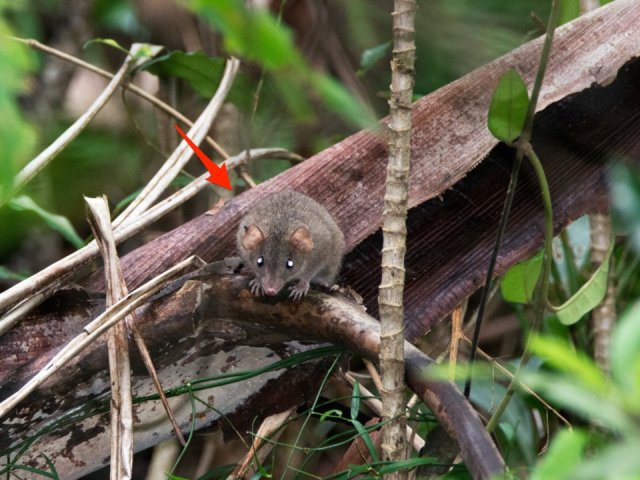
Water, like most things, expands when it heats up — so warmer water takes up more space. Already, the present-day global sea level is 5 to 8 inches higher on average than it was in 1900, according to Smithsonian.
In February, Australia’s environment minister officially declared a rodent called the Bramble Cay melomys to be the first species to go extinct because of human-driven climate change — specifically, sea-level rise.
The tiny rat relative was native to an island in the Queensland province, but its low-lying territory sat just 10 feet above sea level. The island was increasingly inundated by ocean water during high tides and storms, and those salt-water floods took a toll on the island’s plant life.
That flora provided the melomys with food and shelter, so the decrease in plants likely led to the animal’s demise.
Warming oceans are also leading to unprecedented Arctic and Antarctic ice melt, which further contributes to sea-level rise. In the US, 17% of all threatened and endangered species are at risk because of rising seas.

Melting ice sheets could raise sea levels significantly. The Antarctic ice sheet is melting nearly six times as fast as it did in the 1980s. Greenland’s ice is melting four times faster now than it was 16 years ago. It lost more than 400 billion tons of ice in 2012 alone.
In a worst-case scenario, called a “pulse,” warmer waters could cause the glaciers that hold back Antarctica’s and Greenland’s ice sheets to collapse. That would send massive quantities of ice into the oceans, potentially leading to rapid sea-level rise around the world.
Sea-level rise because of climate change threatens 233 federally protected animal and plant species in 23 coastal states across the US, according to a report from the Center for Biological Diversity.
The report noted that 17% of all the US’s threatened and endangered species are vulnerable to rising sea levels and storm surges, including the Hawaiian monk seal and the loggerhead sea turtle.
If “business as usual” continues regarding climate change, one in six species is on track to go extinct.

An analysis published in 2015 looked at over 130 studies about declining animal populations and found that one in six species could disappear as the planet continues warming.
Flora and fauna from South America and Oceania are expected top be the hardest hit by climate change, while North American species would have the lowest risk.
Previous mass extinctions came with warning signs. Those indicators were very similar to what we’re seeing now.

The most devastating mass extinction in planetary history is called the Permian-Triassic extinction, or the “Great Dying.” It happened 252 million years ago, prior to the dawn of the dinosaurs.
During the Great Dying, roughly 90% of the Earth’s species were wiped out; less than 5% of marine species survived, and only a third of land animal species made it, according to National Geographic. The event far eclipsed the cataclysm that killed the last of the dinosaurs some 187 million years later.
But the Great Dying didn’t come out of left field.
Scientists think the mass extinction was caused by a l arge-scale and rapid release of greenhouse gases into the atmosphere by Siberian volcanoes, which quickly warmed the planet — so there were warning signs. In fact, a 2018 study noted that those early signs appeared as much as 700,000 years ahead of the extinction.
“There is much evidence of severe global warming, ocean acidification, and a lack of oxygen,” the study’s lead author, Wolfgang Kießling, said in a release.
Today’s changes are similar but less severe — so far.
https://www.thisisinsider.com/signs-of-6th-mass-extinction-2019-3#previous-mass-extinctions-came-with-warning-signs-too-those-indicators-were-very-similar-to-what-were-seeing-now-14
